I grew up eating homemade yogurt – sounds spoiled, but it’s actually quite common in Indian households. My father makes the yogurt in our family most of the time. His mother, my beloved grandmother and Dadi as I call her, is #1 yogurt maker if I do say so myself. When our family visits her in India, she makes individual portions of yogurt for us all each day in little stainless steel containers – how cute is that?!
My cutest nephew’s nanny, Kenda makes yogurt in a crockpot or slow-cooker. I thought this was interesting and wanted to share her recipe in addition to my stovetop one. Also one piece of advice with yogurt is that it may not come out the exact way you want it the first time, but if you keep at it you will figure out what works best for your conditions – kind of like bread making. I have referred to thermometer temperatures in the recipe, but me and my family don’t use one. With practice you will be able to feel the right temperature without a thermometer.
Where my mother is from in South India, you typically end a meal with mosaru anna, which literally means yogurt and rice. When I was younger I thought that mosaru anna was one word because everyone says it together all the time:) In my father’s home in the North, yogurt is referred to as dahi and often served with roasted cumin powder, bhuna jeera, on top:
If anyone has any other tips from making yogurt, please add them in the comments section. Thanks for sharing your recipe Kenda!
Ingredients:
Stainless steel or corning ware dish (any pot that you can use on the stove and in the oven)
1 quart (4 cups) milk – the more fat the yogurt, the creamier it will be
2 tablespoons yogurt starter* (yogurt from a previous yogurt batch that has live bacteria culture and the key ingredient for fermentation)
*you can find starter at some heath food stores or at an Indian family’s house (haha), but if you don’t have access, you can use yogurt from the grocery – fresher the better to ensure the culture is still live.
Method:
Bring the milk to a boil on the stovetop under a medium flame, making sure not to burn it on the bottom. I like to stir it while it heats up. If you have a thermometer, milk should reach 180 F. Heating the milk kills any competing bacteria and also changes the protein in the milk to allow it to ferment. (Boiling the milk to make yogurt is the practice in India, but store bought yogurt actually is not brought to a boil.)
You can take the layer of cream off the top, but I actually really like it in the yogurt.Simmer the milk at this temperature for about 5 minutes and stir with a spoon (this is actually optional but my mom does it this way).
Cool the milk so that it is luke warm to touch. If you have a thermometer, should be around 110 F.
Take one tablespoon of yogurt starter and add it to the milk. Completely blend it in with a spoon or a whisk if you have one.
Take the other tablespoon of yogurt starter and rub it along the inside walls of the dish that is holding the milk and the other tablespoon of yogurt starter. (My father says the walls of the dish are actually where the fermentation of the yogurt begins)
Place the dish in the oven with the light on*. Correct temperature for setting yogurt is around 100 F. Yogurt should set after 4 or 5 hours. If you like more sour tasting yogurt, you can leave it in longer. xpage.co.nz
Place yogurt in the refrigerator to cool.
Take two tablespoons of this yogurt and set aside for starter for your next batch of yogurt.
*If you don’t have an oven light, you can preheat your oven to 150 F and then turn the oven off right before you place the yogurt in. Monitor the oven so that it stays at about 100 F. You can try wrapping the yogurt in a cloth as well to keep it warm. If not using an oven I’ve heard some people use a heating pad, electric blanket and/or towel. Just need to make sure the temperature does not get too hot because it will kill the culture.
I’ve found in making yogurt quite a bit that if you’re not paying attention this sometimes happens, but it looks funny:
Ingredients
At least a 2 quart crockpot
½ gallon of milk
1/2 cup yogurt starter or yogurt with live culture
Method
Turn on your 2 quart crockpot to low and pour in ½ gallon of milk. Heat on low for 2 ½ hours. (If you have a bigger crockpot, you will need to hear the milk about 15 minutes longer.)
After 2 ½ hours, turn the crockpot off. Unplug it and let the milk cool in the crock with the lid on for 3 hours
After 3 hours, remove ½ cup of warmed milk and place in bowl. Add 1/2 cup of yogurt with live active cultures and mix well. Pour the mixture back in to the crock and whisk thoroughly.
Place the cover back on the crock and wrap the entire crockpot with a blanket or a couple of thick towels. (I use a blanket and a towel just for good measure.)
Let it culture overnight, about 8-12 hours.
If you like a really thick yogurt, in the morning pour it into a colander lined with cheese cloth. The longer you let it strain the thicker it will be. When I strain it I get about 1 quart of yogurt. When I do not strain it I get just over 2 quarts of yogurt.
I mix my yogurt up before storing it.
You can keep a ½ cup of this back for your next batch or buy your favorite and freeze it in ½ cup portions for latter use. It should say “live active cultures” and also needs to be plain.


 Follow
Follow
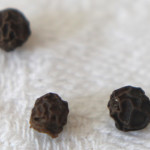
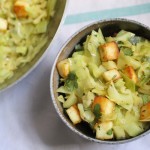
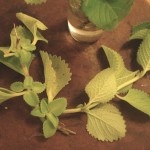


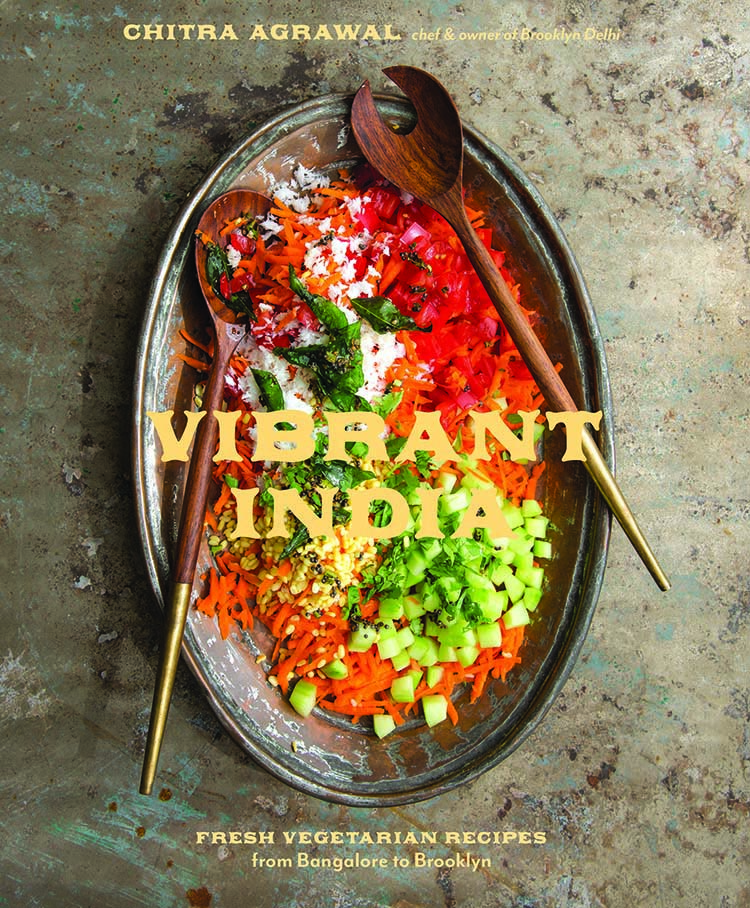






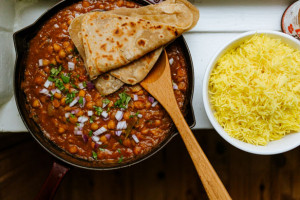
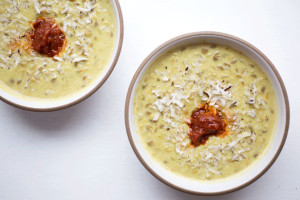
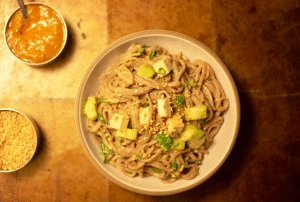
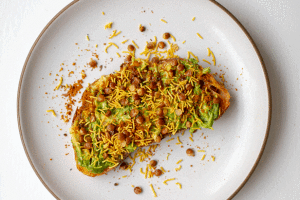










18 Responses to How To Make Yogurt Two Ways